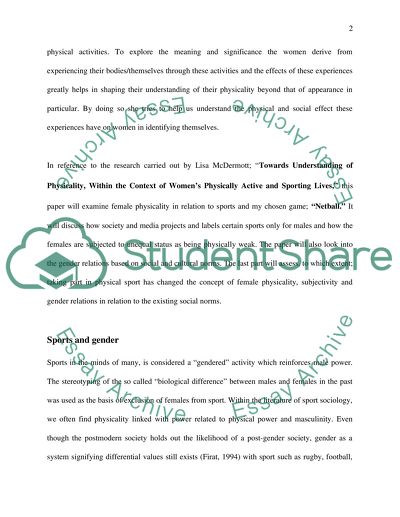Cite this document
(“Sports, Entertainment and Media after the 2nd World War Essay”, n.d.)
Sports, Entertainment and Media after the 2nd World War Essay. Retrieved from https://studentshare.org/social-science/1519345-sports-entertainment-and-media
Sports, Entertainment and Media after the 2nd World War Essay. Retrieved from https://studentshare.org/social-science/1519345-sports-entertainment-and-media
(Sports, Entertainment and Media After the 2nd World War Essay)
Sports, Entertainment and Media After the 2nd World War Essay. https://studentshare.org/social-science/1519345-sports-entertainment-and-media.
Sports, Entertainment and Media After the 2nd World War Essay. https://studentshare.org/social-science/1519345-sports-entertainment-and-media.
“Sports, Entertainment and Media After the 2nd World War Essay”, n.d. https://studentshare.org/social-science/1519345-sports-entertainment-and-media.


